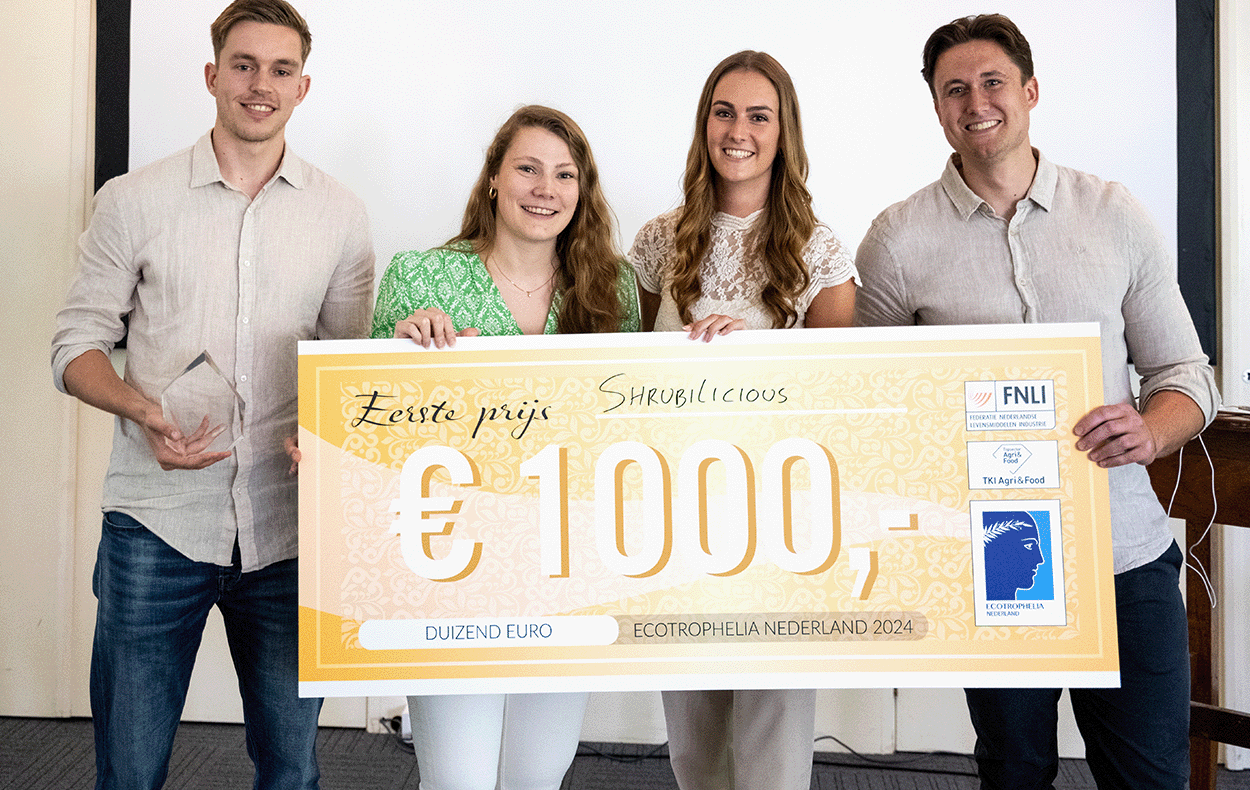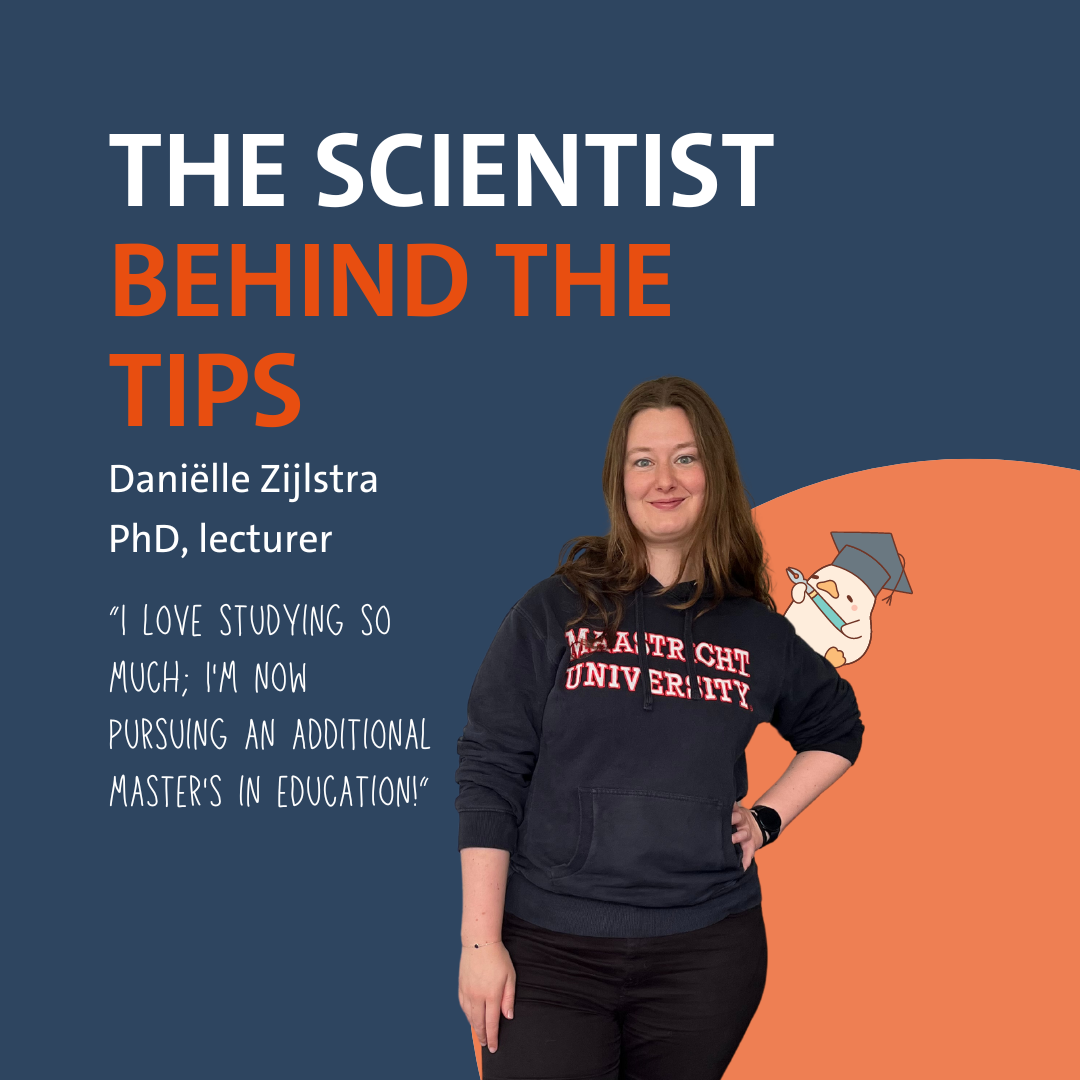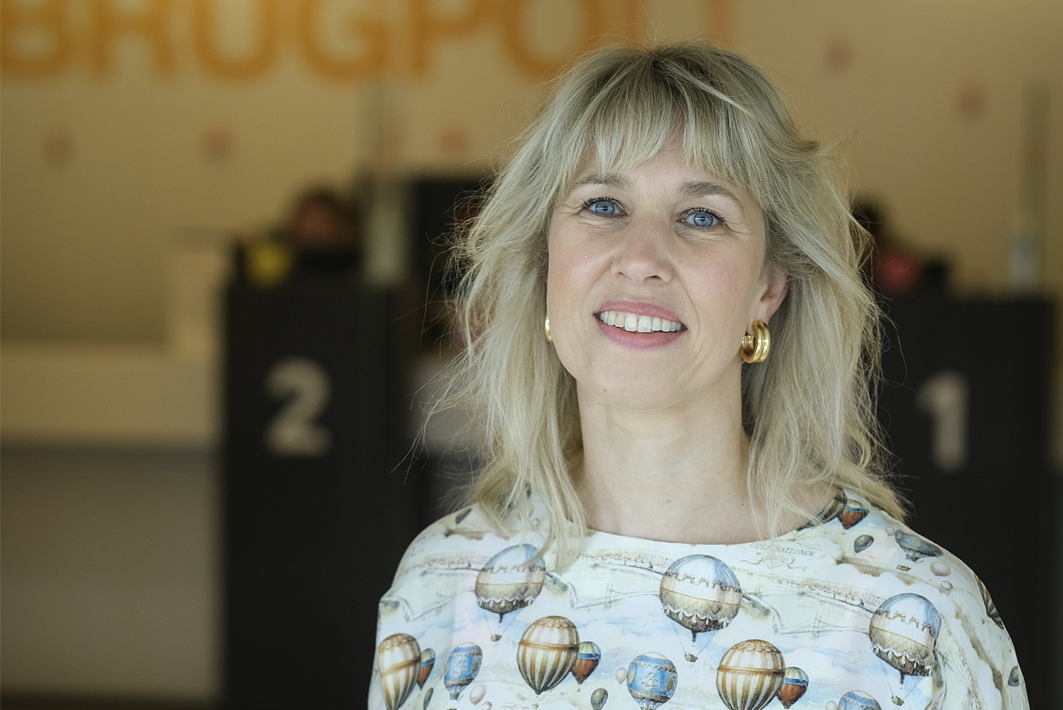Killer cells deadly for cancer cells: #buthow?
Killer cells are lethal for a tumour, at least in theory. They are part of our immune system, which tries to protect our body from disease. But sometimes these natural killer cells (NK cells) fail. How does that happen exactly, especially with breast cancer? Why is one NK cell effective and another not? These questions are being researched by two Maastricht University PhD candidates, Nicky Beelen and Femke Ehlers. They will soon leave for America for a period, to advance their research and hopefully the treatment of breast cancer as well.
Two PhD candidates, one mission
While Nicky Beelen has been working on her PhD research for about a year, Femke Ehlers hopes to be finished in about a year. Both work in the Departments of Internal Medicine and Transplantation Immunology, both research the functioning of NK cells. It is still a scientific mystery why one NK cell can neutralise a tumour cell and another cannot.
Two laboratories, one mission
The different properties of these cells, their interactions with their environment, their location among other types of cells and more, can be made visible in a laboratory using different colours in one tissue sample. Whereas the UM lab can use three or four colours simultaneously, the lab of Prof. Lisa Coussens in America masters the art of colourings and can use more than twenty simultaneously. That is exactly what Beelen and Ehlers need to improve their research. Conversely, they bring to the table their knowledge about NK cells, which Portland hopes to benefit from.
The TEFAF oncology professor is happy to share her knowledge
Since Lisa Coussens holds the TEFAF oncology chair at UM this year, the PhD candidates at the GROW research school (which houses Maastricht cancer research) were given the opportunity to travel to her lab for a period of time. Originally, the idea was to host one doctoral candidate, but the proposals of both Beelen and Ehlers were so well received that they were both selected to go. In October, Ehlers will go for six months and in January Beelen will go for one year to Portland, in the state of Oregon.
What Nicky Beelen will do in Oregon
Beelen: “They have a large archive of mouse tissue, which has undergone various therapies in the past. There, I will use tissue colouring to investigate how NK cells behave in tumours, and how they are influenced by, for example, chemotherapy and radiation.” In addition, she will be doing research together with the Maastro Clinic in Maastricht, which will focus more on the ‘extracellular vesicles’ that are secreted by tumour cells.
What Femke Ehlers will do there
In addition to an archive of mouse tissue, the lab in Portland also has a database of breast tumour tissue that has been removed from women with breast cancer. This is what Ehlers will be working on. “This tumour tissue from patients is quite limited, so to get more information out of it with this enhanced marker technique from Professor Coussens' lab is very interesting. We are curious to find out what the NK cells that can enter the tumour look like. How many are able to manage that? And what inhibits some cells from doing their job?”
Why the immune system is so fascinating in relation to cancer
Both were fascinated by the immune system, in combination with cancer, after their master's degrees in Biomedical Sciences in Maastricht. Beelen: “How can you use the human body itself in the fight against cancer? That’s fascinating.” Ehlers elaborates, “It’s always a matter of balance with the immune system—it has to be activated enough to fight disease, but not too much because that leads to autoimmune diseases.
Ultimately, the two PhD candidates hope to contribute to a form of immunotherapy that is still in its infancy for breast cancer, in which extra active NK cells from a donor are injected into a patient who has breast cancer.

Two TEFAF fellowships
Since 2006, the European Fine Art Fair (TEFAF) has been supporting international cooperation in cancer research by funding a special chair in oncology for a guest professor of GROW, UM’s School for Oncology and Developmental Biology. This year, for the first time, fellowship scholarships have been awarded to two GROW PhD candidates. This allows them to do part of their research in the lab of this year's TEFAF professor, Prof. Lisa Coussens of the Oregon Health and Science University’s Knight Cancer Center.
Also read
-
Maastricht University students have won the Dutch final of the student competition Ecotrophelia, a drinking vinegar based on apple cider vinegar, fruit and herbs.
-
In the upcoming months, we’ll share tips on Instagram for our students on how to live a healthier life. Not just a random collection, but tips based on actual research happening at our faculty. The brains behind this idea are Lieve Vonken and Gido Metz, PhD candidates at CAPHRI, the Care and Public...
-
Mayke Oosterloo is a movement disorders neurologist at Maastricht UMC+ and a researcher at the MHeNs institute of Maastricht University. In the outpatient clinic and various nursing homes in Limburg, she guides and treats patients (and their loved ones) with Huntington's disease.


